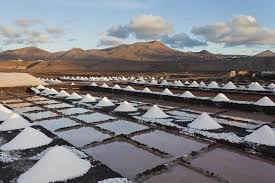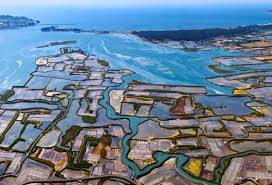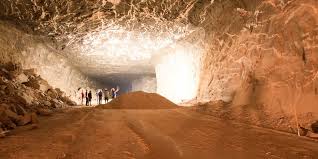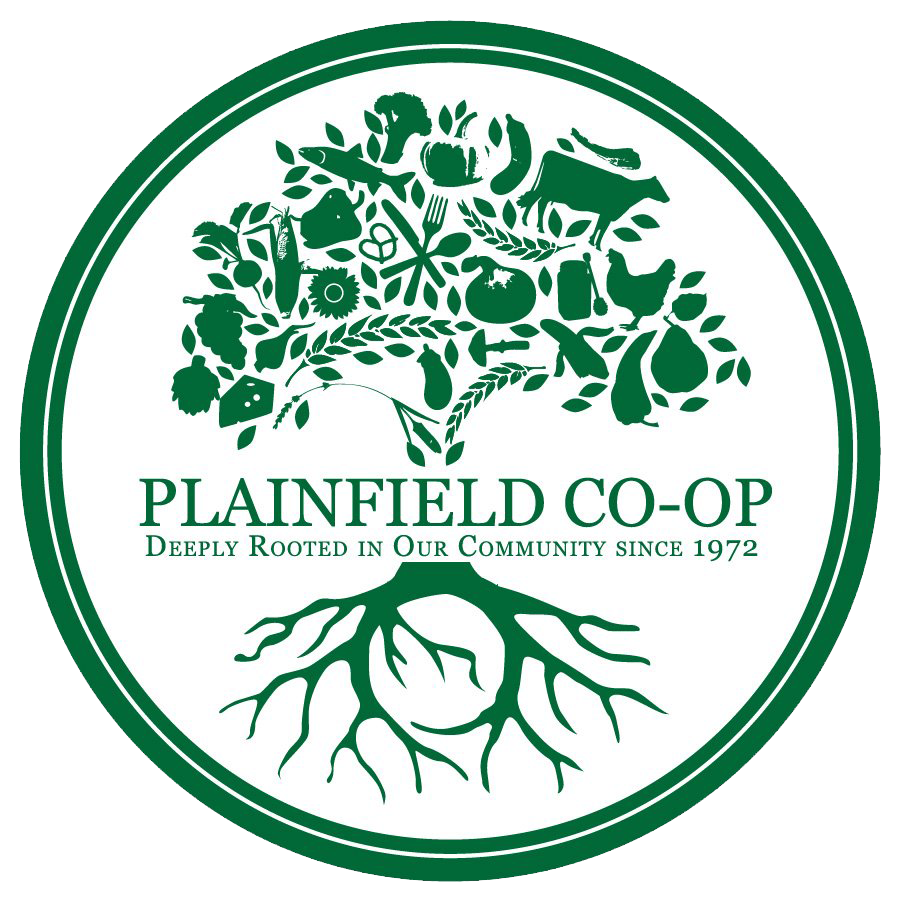
One Staffer’s Perspective
by Deb Barnwell
“Salt is the sea that could not return to the sky.” — Piranske Soline website, Slovenia
So what, you might ask when you’re bored, is the difference among different salts and does it really matter? After doing some traveling in Italy, Croatia and Slovenia this February we came across ancient Slovenian salt pans, over 700 years old and still worked today. I brought home some table salt and some Fior di Sale (or fleur de sel, salt flower) to try.
Salt pans, historically, seem to have been shallow pools lined and bordered by low clay walls into which sea water or salt spring water flowed. From there, wind and sun created and evaporated the brine and people raked and harvested the salt that formed. Modern technology has changed harvesting techniques quite a bit over the centuries. Our most common table salts like Mortons have been boiled and purified, creating a more pure salt but often lacking in many of the natural trace minerals.



At the Co-op we have recently gotten in a large bag of Redmond Real Salt from Utah, which will be replacing the Himalayan Pink Salt for a little while. All this prompted me to do some research.
What are some of the differences among, say, Real Salt, Celtic salt and Himalayan salt? Celtic sea salt, much like the Piran sea salt, is harvested from ancient salt pans flooded periodically by high tides. These pans have a clay coating that acts as a biofilter, ensuring the salt doesn’t mix with silt from the sea and allowing it to remain white and clean.
The Celtic sea salt we are accustomed to comes from Brittany, off the coast of France, and has been tested for purity and micro-plastics, which it does not contain—something I have been wondering about for a while.
—— —— —— —— —— Article continues after ad —— —— —— —— ——
Celtic salt and Himalayan pink salt are both sea salts. One being ancient, the Himalayan, comes from ancient sea salt deposits from long gone seas, just like the Redmond Real Salt. Celtic salt is fresh and some might contend is somewhat more prone to contain traces of what is polluting our oceans today, although the salt companies do test for impurities. The pink color of Himalayan salt comes from a higher level of potassium which in a pure mineral form is pink. Most of the Himalayan salt comes from the Khwera salt mine in Pakistan. There are several mines in that region, known as the salt range of the Himalayas.

In Brittany, as in Piran, Slovenia, the sun and wind dance upon the sea water in the pans, creating a mineral-rich brine that forms crystals that are then gently raked off with wooden rakes. The damp gray Celtic salt still contains some of the rich bioactive brine which is why it seems so wet. The rock salt of the Himalayas and Utah has been solidified and dried over centuries and is just as mineral dense, containing anywhere from 65-85 trace minerals. They are all good and each adds a slightly different character to foods. The Redmond Real Salt has a smaller carbon footprint though so we will be giving it a try for mow. Try both the pink or the Celtic salt to make your own sauerkraut or any kind of pickle or ferment.
If you’re interested in learning more about the interesting world of salt, its ancient history throughout the world and some fascinating food preservation recipes, you may want to check out the beautiful book THE MIRACLE OF SALT by Naomi Duguid.
Photographs provided by Deb Barnwell

